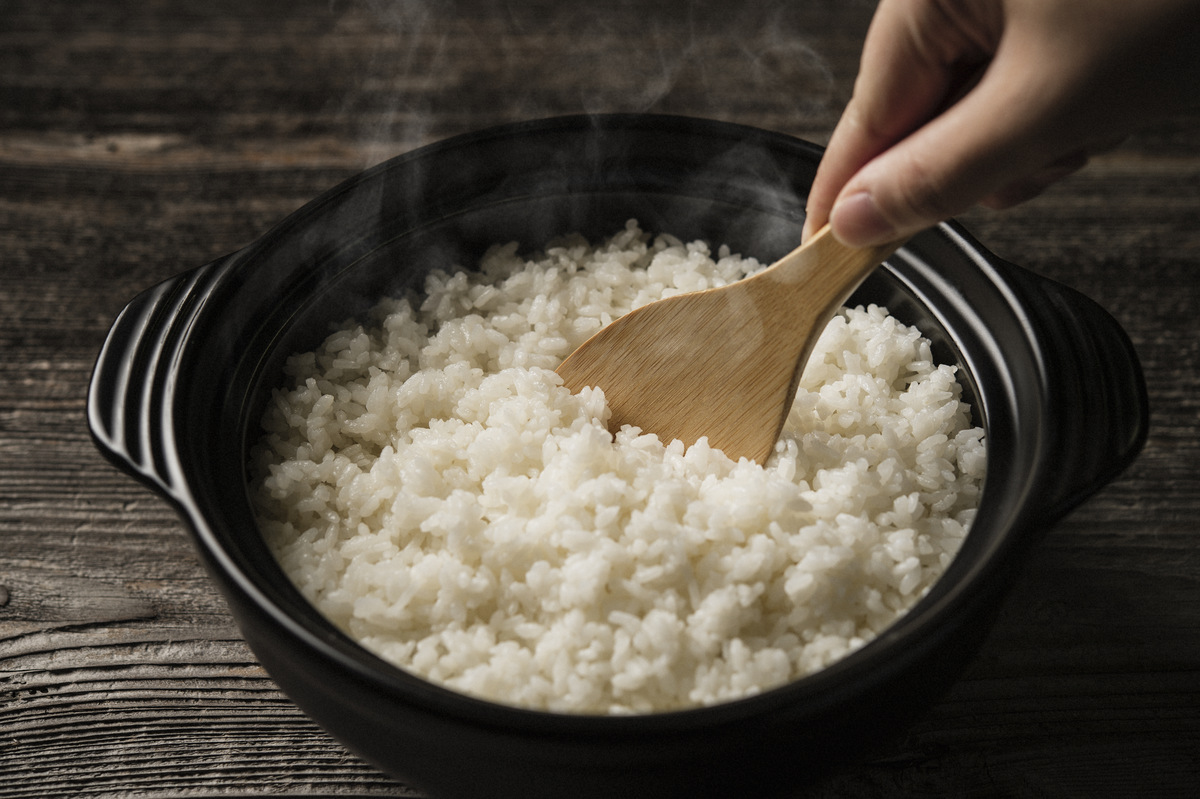

Articles
How To Make Parboiled Rice In Rice Cooker
Modified: February 21, 2024
Learn how to make perfectly cooked parboiled rice in a rice cooker with this step-by-step guide. Find more informative articles on cooking techniques and recipes.
(Many of the links in this article redirect to a specific reviewed product. Your purchase of these products through affiliate links helps to generate commission for Storables.com, at no extra cost. Learn more)
Introduction
When it comes to cooking rice, there are various methods to choose from. One method that has gained popularity over the years is parboiling rice. Parboiled rice is a type of rice that has undergone a special process before milling. This process involves partially boiling the rice in its husk, which leads to several benefits such as improved texture, enhanced nutritional value, and reduced cooking time.
In this article, we will guide you through the process of making parboiled rice using a rice cooker, a convenient and hassle-free method that ensures perfectly cooked rice every time. Whether you are a beginner in the kitchen or a seasoned home cook, this article will provide you with clear step-by-step instructions and helpful tips to achieve delicious parboiled rice.
Before we dive into the cooking process, let’s explore what exactly parboiled rice is and its benefits.
Key Takeaways:
- Parboiled rice offers improved texture, enhanced nutrition, and reduced cooking time. Use a rice cooker for hassle-free, perfectly cooked parboiled rice every time.
- Follow simple steps and helpful tips to ensure perfectly fluffy and flavorful parboiled rice. Experiment with serving suggestions to unleash your culinary creativity.
Read more: How To Make Risotto In A Rice Cooker
What is Parboiled Rice?
Parboiled rice, also known as converted rice, is a type of rice that has undergone a partial boiling process before it is milled. The term “parboiled” actually refers to the process of partially boiling the rice while it is still in its husk. Unlike regular white rice, which is processed directly after harvesting, parboiled rice undergoes a unique treatment that transforms its texture and nutritional composition.
The parboiling process involves soaking the rice in water and then boiling it under controlled conditions. This allows the heat and steam to penetrate the tough outer husk of the rice, effectively gelatinizing the starches. The rice is then dried and carefully milled to remove the husk, bran, and germ, resulting in parboiled rice grains with a slightly yellowish color.
Parboiled rice retains more nutrients compared to regular white rice because the process occurs while the rice is still in its husk. The nutrients in the bran and germ layers, which are usually removed during the milling process of white rice, migrate to the endosperm, making parboiled rice more nutritious.
One of the key benefits of parboiled rice is its improved texture. The parboiling process gives the rice a firmer and less sticky texture, making it easier to cook and handle. The grains become separate and fluffy, making parboiled rice ideal for a variety of dishes, from stir-fries to pilafs.
Now that we understand what parboiled rice is and why it is beneficial, let’s move on to the equipment and ingredients you will need to make it.
Benefits of Parboiled Rice
Parboiled rice offers several advantages compared to regular white rice. Let’s explore some of the key benefits:
- Nutritional Value: Parboiled rice retains more nutrients compared to white rice because the parboiling process occurs while the rice is still in its husk. The nutrients in the bran and germ layers, such as vitamins and minerals, are transferred to the endosperm of the rice, making it more nutritious.
- Improved Digestibility: The parboiling process alters the structure of the rice grain, making it easier to digest. This is particularly beneficial for individuals with sensitive digestive systems or those who experience discomfort after consuming regular white rice.
- Enhanced Texture: Parboiled rice has a firmer texture compared to regular white rice, making it less sticky and more separate when cooked. It maintains its shape and grains do not clump together, resulting in a more visually appealing dish.
- Reduced Cooking Time: Parboiled rice requires less cooking time compared to regular white rice. The pre-cooking process during parboiling partially cooks the rice, reducing the overall cooking time and making it more convenient for quick and easy meal preparation.
- Resistant to Overcooking: Parboiled rice is more forgiving when it comes to cooking time. It is less likely to become mushy or overcooked, even if it is left on the stovetop or in the rice cooker for a little longer than necessary.
- Versatility: Parboiled rice can be used in a wide range of dishes, from simple side dishes to complex rice-based recipes. Its firm texture and separate grains make it suitable for stir-fries, pilafs, biryanis, and even rice salads.
With its nutritional value, improved texture, and convenience, parboiled rice is a versatile and healthy option to incorporate into your cooking routine. Now that we understand the benefits, let’s move on to the necessary equipment and ingredients needed to make parboiled rice using a rice cooker.
Equipment Needed
To make parboiled rice in a rice cooker, you will need a few essential pieces of equipment. Here’s what you’ll need:
- Rice Cooker: A rice cooker is the main tool you’ll need for cooking parboiled rice. Choose a high-quality rice cooker with a capacity that suits your needs. Make sure it has a “parboiled rice” or “multigrain” setting to ensure the best results.
- Measuring Cup: Most rice cookers come with their own measuring cup, specifically designed to measure the correct amount of rice and water. If your rice cooker doesn’t include one, a regular measuring cup will work just fine.
- Colander or Strainer: You’ll need a colander or strainer to rinse the parboiled rice before cooking. This helps remove any impurities and excess starch from the rice grains, resulting in better texture and taste.
- Spatula or Rice Paddle: A spatula or rice paddle is useful for stirring and fluffing the cooked parboiled rice. It allows you to gently separate the grains without crushing or mashing them.
- Bowl or Plate: Having a bowl or plate to transfer the cooked parboiled rice onto is essential. This will prevent the rice from continuing to cook in the hot rice cooker, potentially affecting its texture.
- Optional: Rice Rinser: A rice rinser is a convenient tool that can be used to rinse the parboiled rice more efficiently. It helps save water and ensures thorough rinsing of the rice grains.
With these equipment ready, you’re all set to start making delicious parboiled rice in your rice cooker. Next, let’s move on to the essential ingredients needed for this recipe.
Ingredients
To make parboiled rice in a rice cooker, you will need the following ingredients:
- Parboiled Rice: The star of the dish is, of course, the parboiled rice itself. Measure out the desired quantity of parboiled rice based on your serving size requirements.
- Water: Water is crucial for cooking the parboiled rice to perfection. The ratio of rice to water may vary depending on the specific type of parboiled rice you are using, so be sure to refer to the recommended ratios provided on the packaging.
That’s it! Just two simple ingredients are needed to make delicious parboiled rice in your rice cooker.
Now that you have everything prepared, let’s move on to the step-by-step instructions on how to cook parboiled rice in a rice cooker.
Add a little bit of oil or butter to the rice cooker before adding the parboiled rice to prevent it from sticking to the bottom.
Read more: How To Make Rice In A Rice Cooker
Step-by-Step Instructions
Follow these easy steps to make parboiled rice in a rice cooker:
- Rinse the Rice: Start by rinsing the parboiled rice under cold water. This helps remove any excess starch and impurities from the grains. Place the rice in a colander or strainer and run it under water until the water runs clear.
- Measure the Rice and Water: Use the measuring cup provided with your rice cooker to accurately measure the desired amount of parboiled rice. Transfer the rinsed rice to the inner pot of the rice cooker. Then, add water to the pot in the ratio specified on the packaging or in the rice cooker’s instructions. Typically, the ratio is 1:2, meaning 1 cup of rice to 2 cups of water.
- Select the Parboiled Rice Setting: Check if your rice cooker has a specific setting for parboiled rice or multifunctional grains. If it does, select that setting. If not, simply choose the regular rice cooking setting.
- Cook the Rice: Close the lid of the rice cooker and press the start button to begin cooking. The rice cooker will automatically adjust the cooking time and temperature based on the selected setting. Allow the rice to cook undisturbed until the rice cooker indicates that it is done.
- Let it Rest: Once the rice cooker indicates that the rice is cooked, let it rest for a few minutes. This allows the steam to distribute evenly throughout the rice, resulting in a fluffy and perfectly cooked texture.
- Fluff and Serve: Open the rice cooker lid and use a spatula or rice paddle to gently fluff the cooked parboiled rice. This will help separate the grains and prevent them from clumping together. Transfer the cooked rice to a bowl or plate and serve hot.
That’s it! With these simple steps, you can enjoy delicious parboiled rice made perfectly in your rice cooker. Next, let’s explore some helpful tips to ensure your parboiled rice turns out just right every time.
Tips for Perfect Parboiled Rice
Follow these tips to ensure your parboiled rice turns out perfectly cooked and delicious:
- Measure the Rice and Water: Use the correct ratio of rice to water for your specific type of parboiled rice. This information can usually be found on the packaging or provided in the rice cooker’s manual.
- Do Not Overfill: Avoid overfilling the rice cooker with rice and water. Leave enough space for the rice to expand during the cooking process.
- Do Not Lift the Lid: Resist the temptation to lift the lid of the rice cooker while the rice is cooking. This can disrupt the cooking process and affect the texture of the rice.
- Let it Rest: Allow the cooked rice to rest for a few minutes before fluffing it with a spatula. This helps the steam distribute evenly and results in a fluffy texture.
- Use the Right Setting: If your rice cooker has a specific setting for parboiled rice or multifunctional grains, use that setting for the best results. If not, the regular rice cooking setting will work just fine.
- Experiment with Flavors: Parboiled rice is a versatile base for various dishes. Add herbs, spices, vegetables, or even a splash of coconut milk to infuse flavors into the rice during the cooking process.
- Use a Rice Rinser: Consider investing in a rice rinser, which can save water and provide more efficient rinsing of the rice grains.
- Adjust Cooking Time: Rice cookers may have slight variations in cooking times, so pay attention to your specific rice cooker’s instructions and adjust the cooking time if needed.
- Don’t Let it Sit for Too Long: Once the parboiled rice is cooked, transfer it to a plate or bowl to prevent it from continuing to cook in the hot rice cooker.
By following these tips, you can achieve perfectly cooked and flavorful parboiled rice every time. Now that you have mastered the art of making parboiled rice, let’s explore some delicious serving suggestions.
Serving Suggestions
Parboiled rice is a versatile ingredient that can be served as a side dish or incorporated into various main dishes. Here are some serving suggestions to inspire you:
- Curries and Stews: Serve parboiled rice alongside your favorite curries and stews. Its fluffy texture and subtle nutty flavor complement rich and flavorful dishes.
- Stir-fries: Use parboiled rice as the base for stir-fries. Its firm texture helps the grains retain their shape and prevents them from becoming mushy when combined with stir-fried vegetables and protein.
- Rice Bowls: Create delicious rice bowls by topping parboiled rice with your choice of grilled or sautéed vegetables, protein such as chicken or tofu, and a flavorful sauce.
- Fried Rice: Use cold leftover parboiled rice to make flavorful fried rice. Add diced vegetables, protein, and your favorite seasonings for a quick and delicious meal.
- Rice Salads: Combine chilled parboiled rice with chopped fresh herbs, vegetables, and a zesty dressing to create a refreshing rice salad.
- Biryani: Layer parboiled rice with fragrant spices, meat or vegetables, and caramelized onions to make a flavorful and aromatic biryani.
- Stuffed Peppers: Fill bell peppers with a mixture of parboiled rice, cooked ground meat or beans, and spices. Bake until the peppers are tender and the filling is cooked through.
- Rice Pudding: Transform parboiled rice into a comforting dessert by simmering it with milk, sugar, and aromatic spices like cinnamon and cardamom.
These are just a few ideas to get you started. Feel free to experiment and get creative with different flavors and cuisines to make the most out of your parboiled rice.
Now that you have learned about serving suggestions, let’s wrap up this article.
Conclusion
Parboiled rice is a wonderful option for those looking for a nutritious and versatile grain to add to their meals. With its enhanced texture, improved nutritional value, and reduced cooking time, parboiled rice offers a range of benefits that make it a popular choice in many kitchens.
In this article, we have guided you through the process of making parboiled rice in a rice cooker. From understanding what parboiled rice is and its benefits to the necessary equipment and step-by-step instructions, we have provided you with all the information you need to prepare delicious parboiled rice at home.
Remember to rinse the rice before cooking, use the correct ratio of rice to water, and select the appropriate setting on your rice cooker. With a few helpful tips, you can ensure that your parboiled rice turns out perfectly fluffy and flavorful every time.
Whether you enjoy parboiled rice as a side dish, a base for stir-fries, or a main ingredient in creative rice-based recipes, the possibilities are endless. Explore different flavors, experiment with spices and toppings, and discover new and exciting ways to incorporate parboiled rice into your meals.
Now that you have the knowledge and skills to make parboiled rice, it’s time to unleash your culinary creativity and enjoy the delicious results of your efforts. So go ahead, grab your rice cooker, and start cooking up some tasty parboiled rice!
Happy cooking!
Frequently Asked Questions about How To Make Parboiled Rice In Rice Cooker
Was this page helpful?
At Storables.com, we guarantee accurate and reliable information. Our content, validated by Expert Board Contributors, is crafted following stringent Editorial Policies. We're committed to providing you with well-researched, expert-backed insights for all your informational needs.
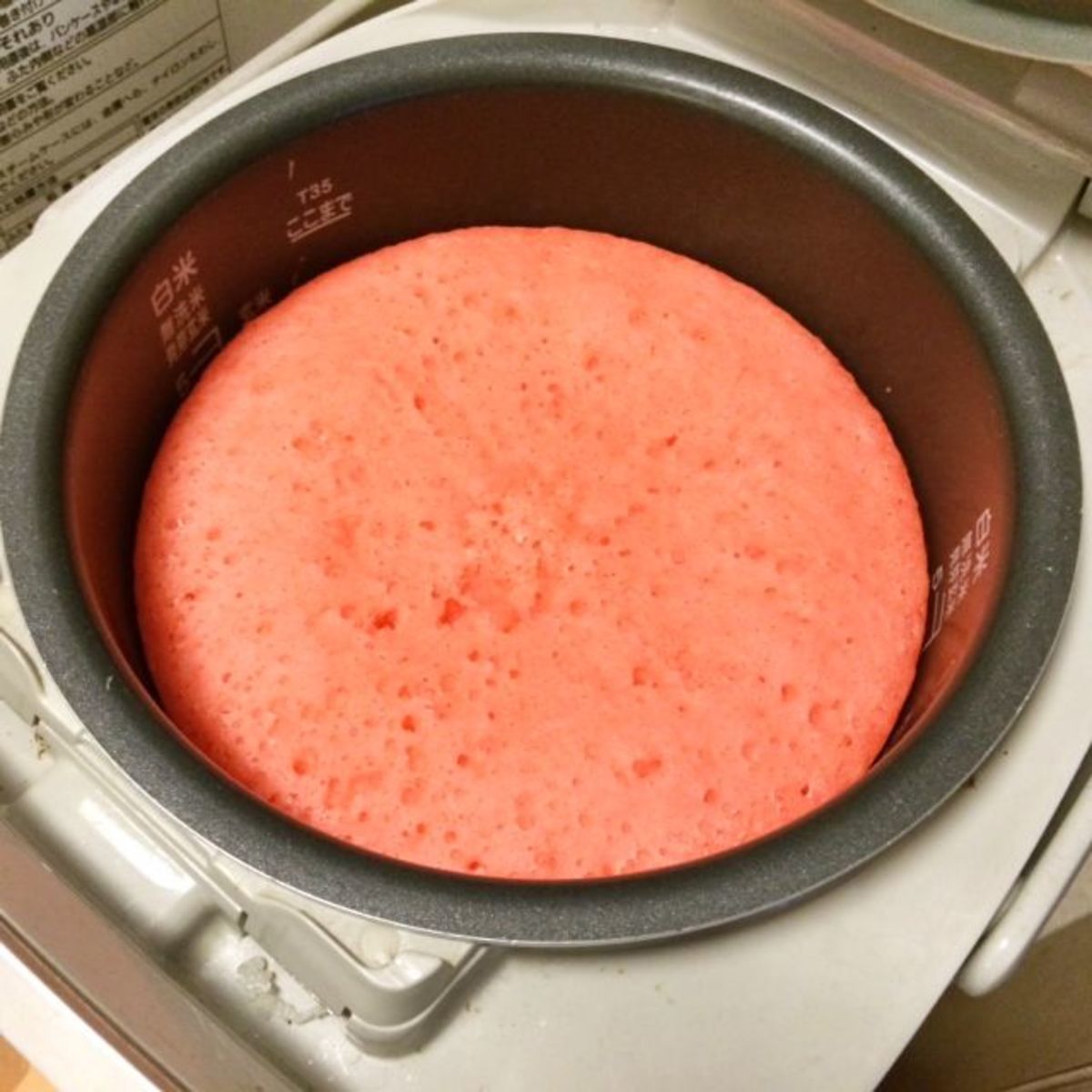
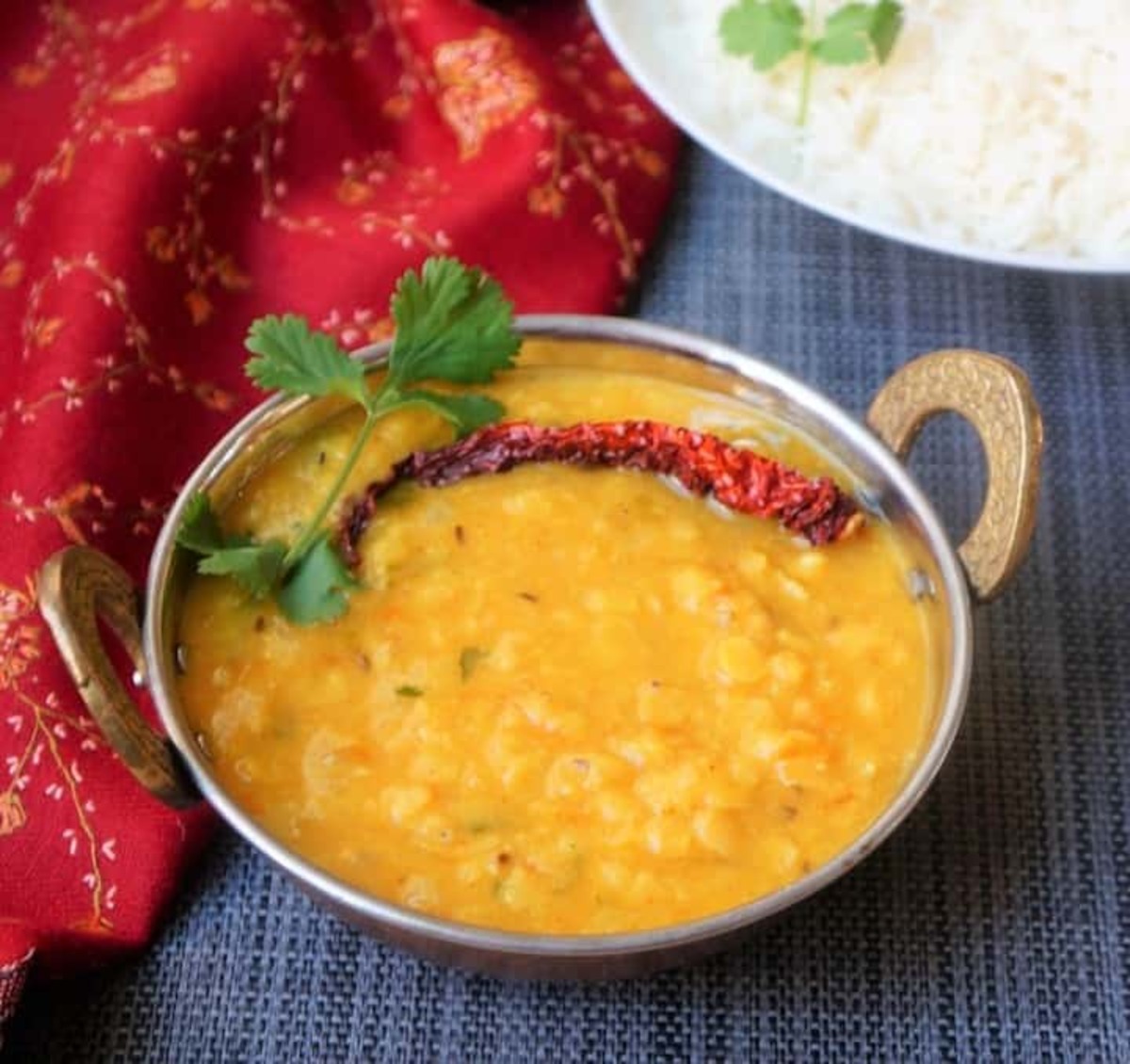
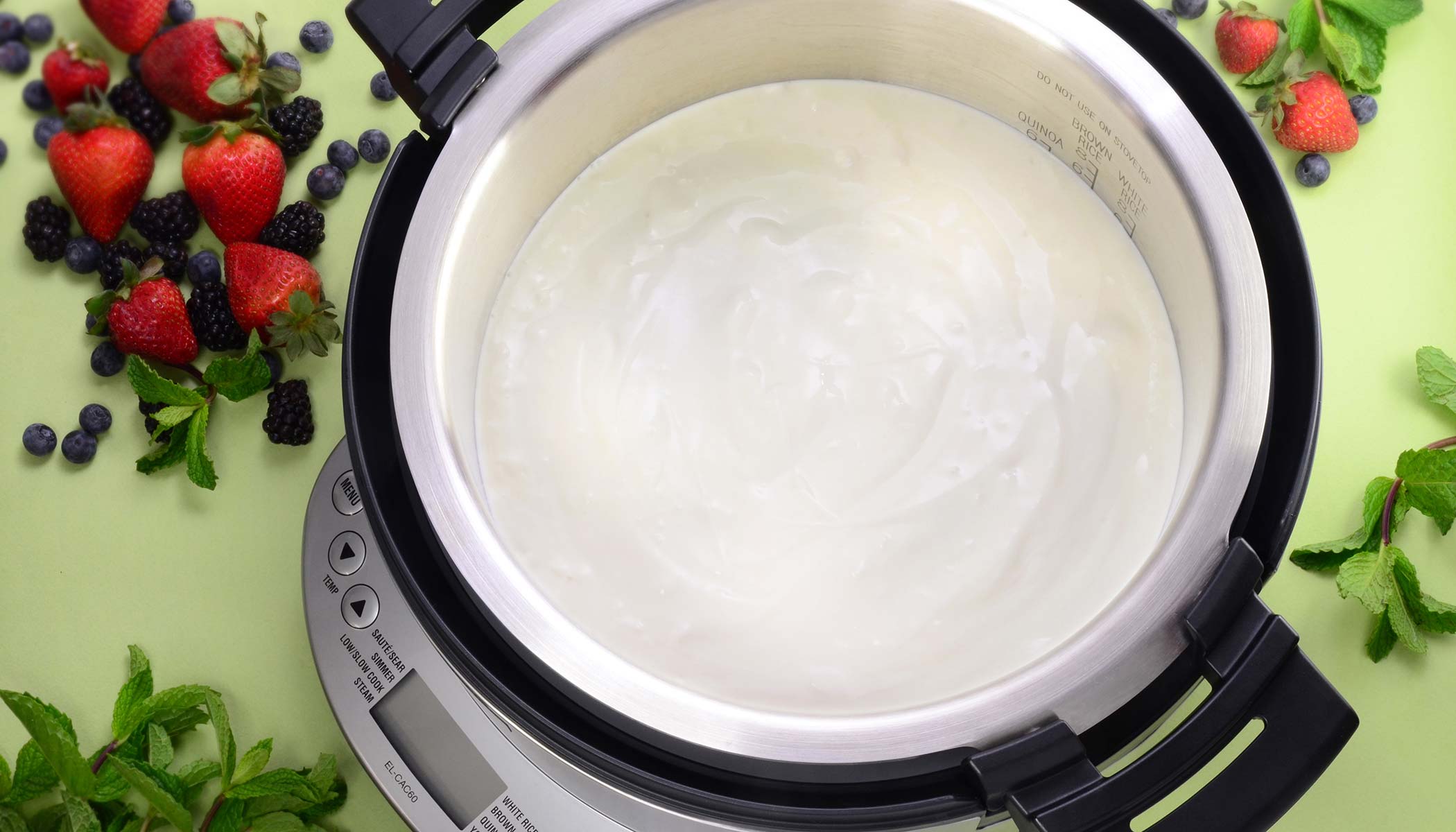
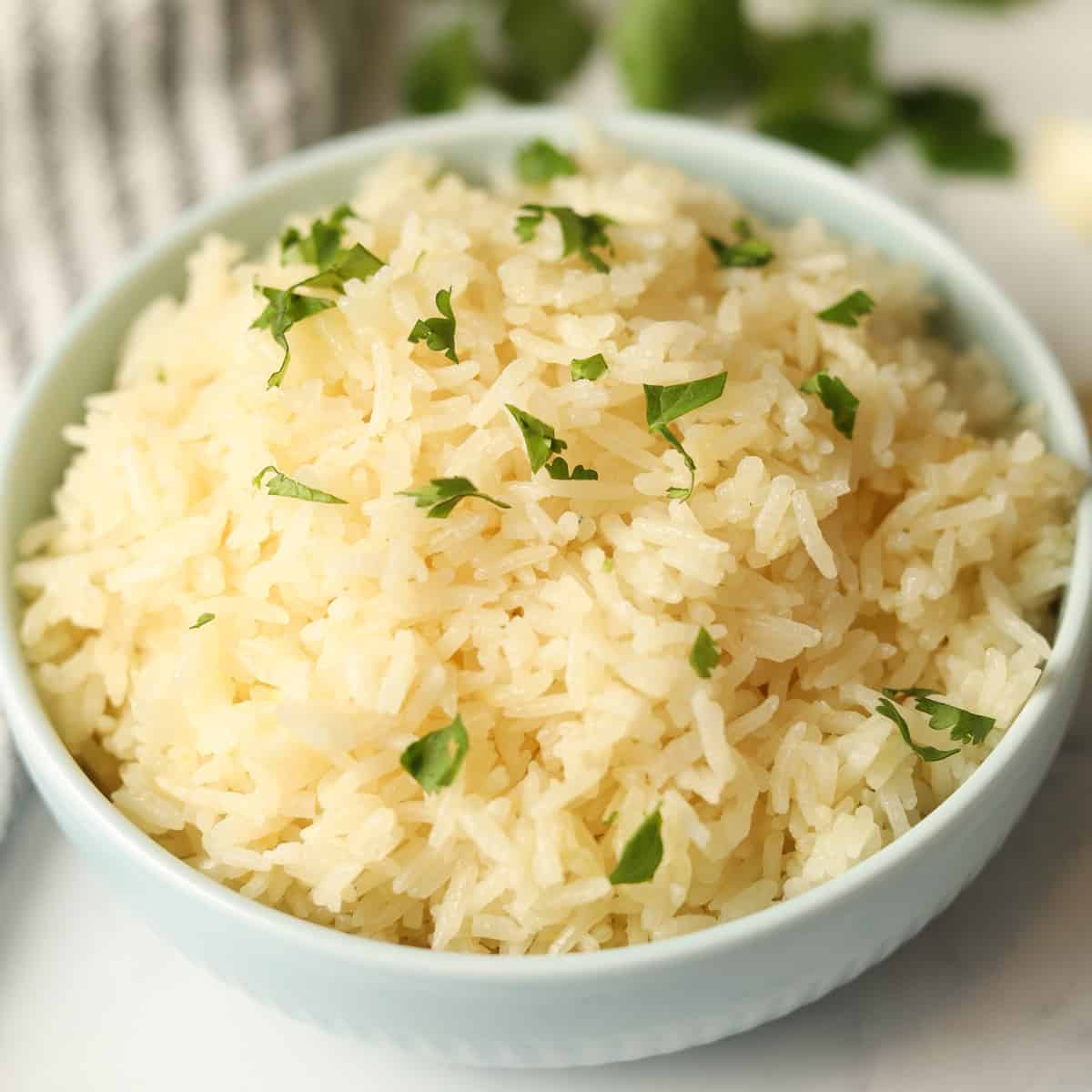
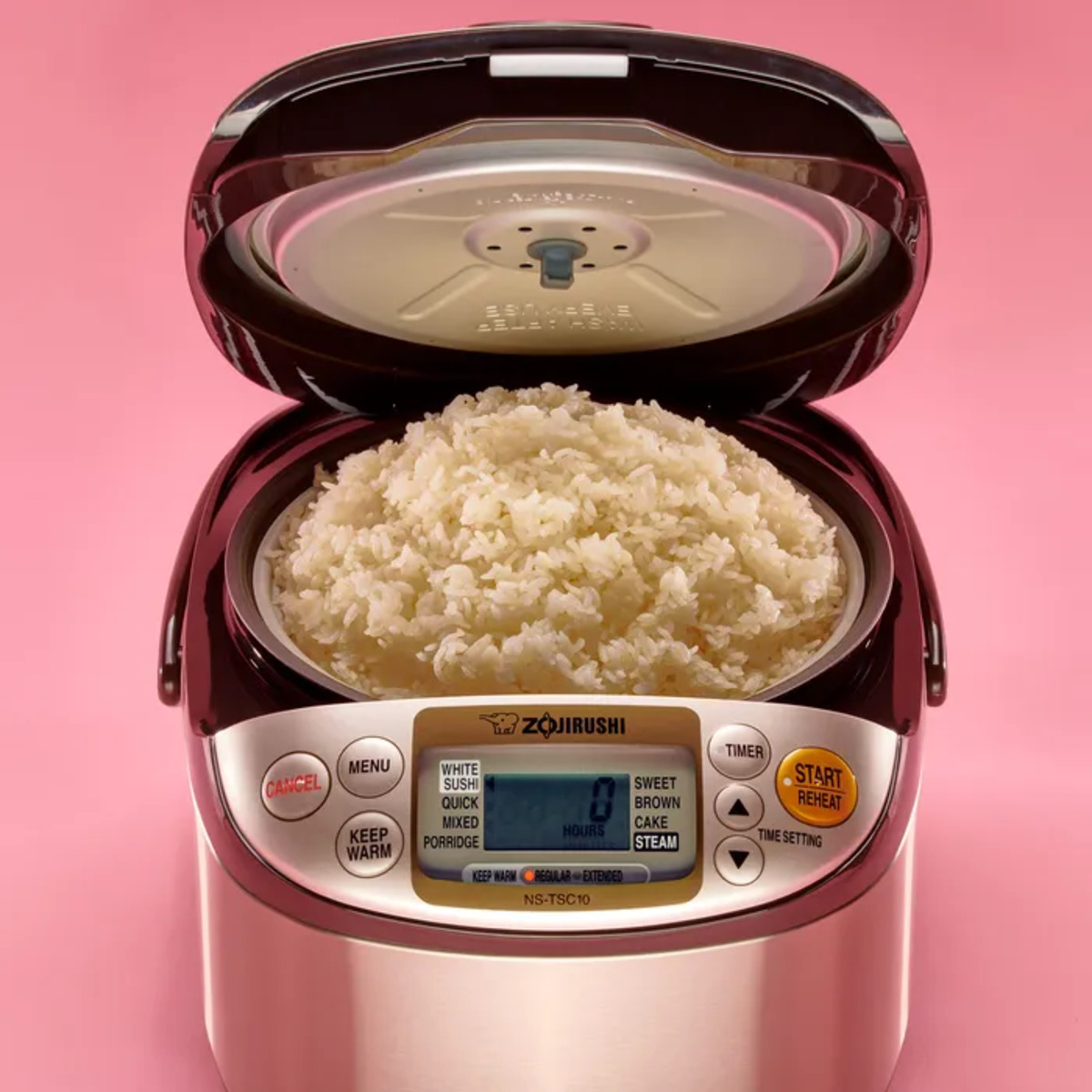
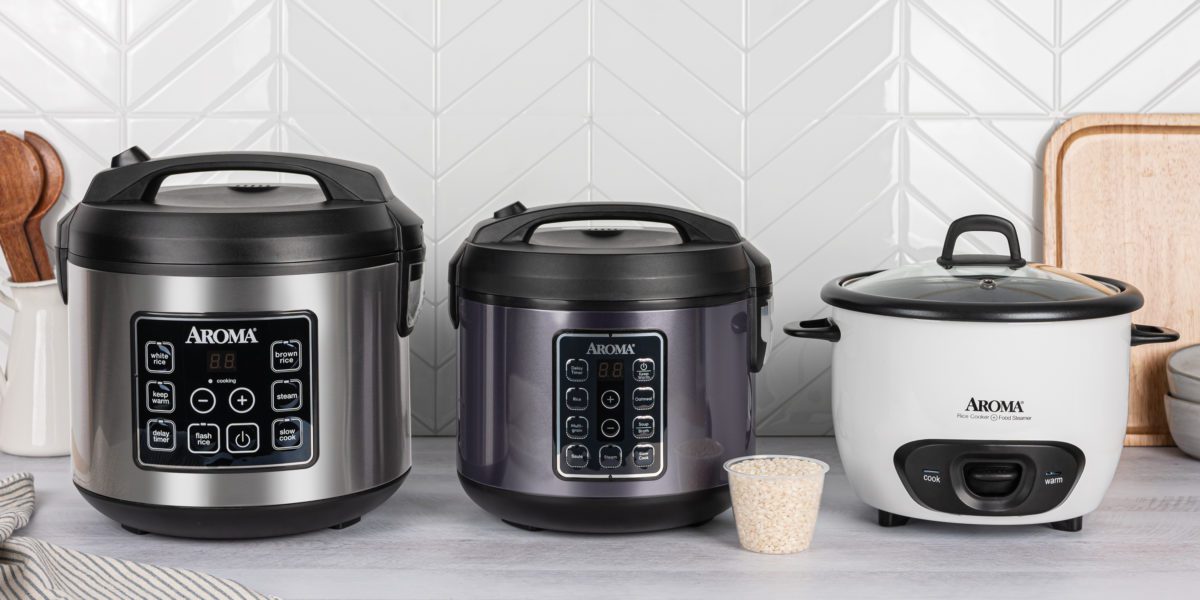
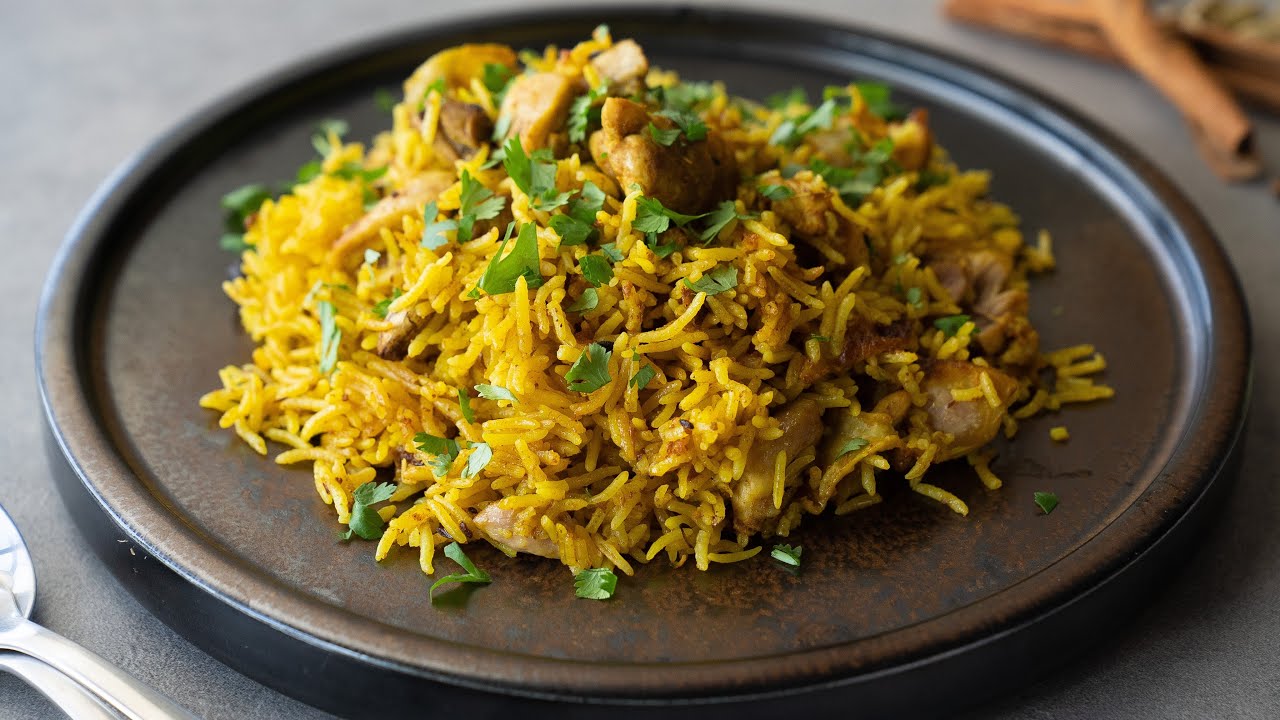
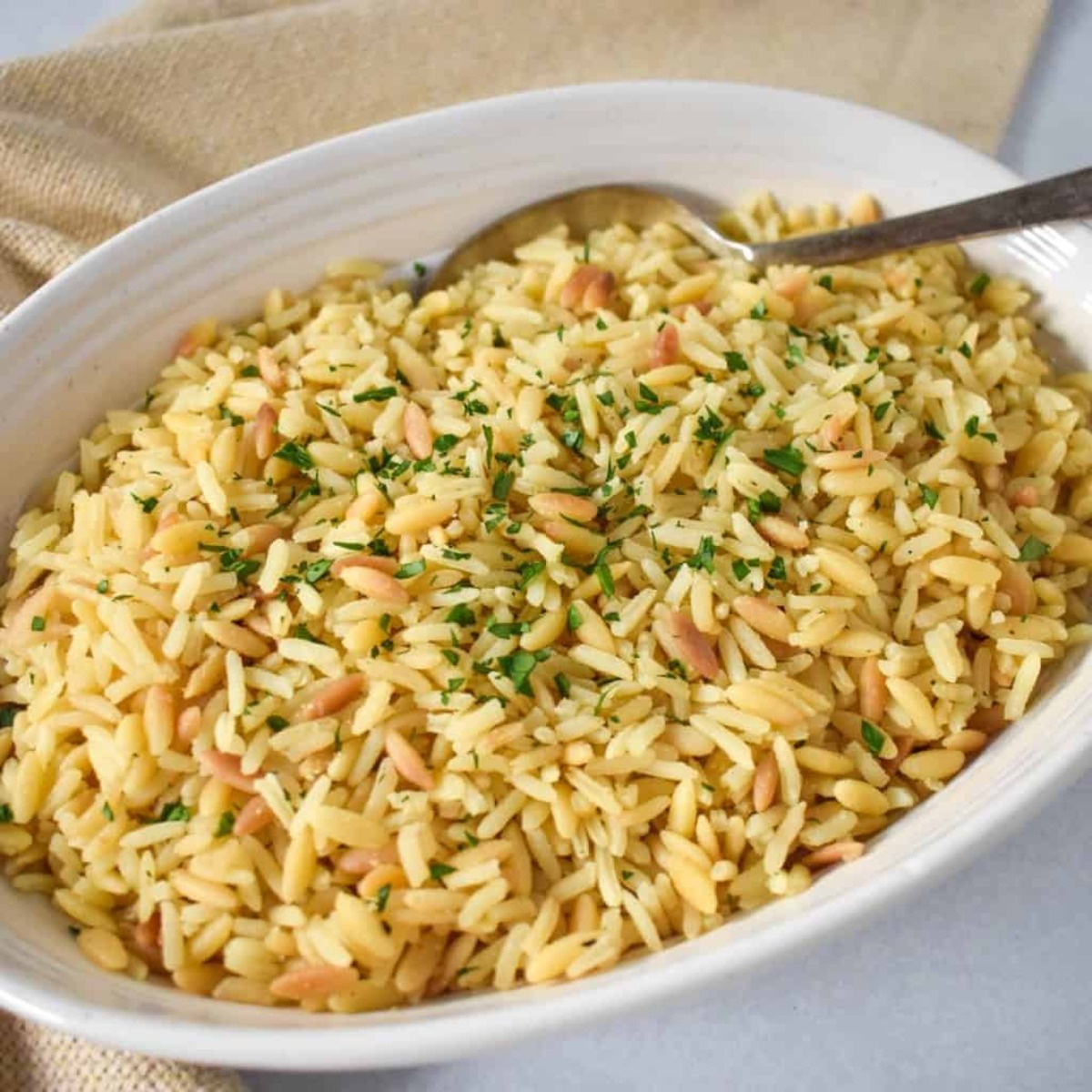
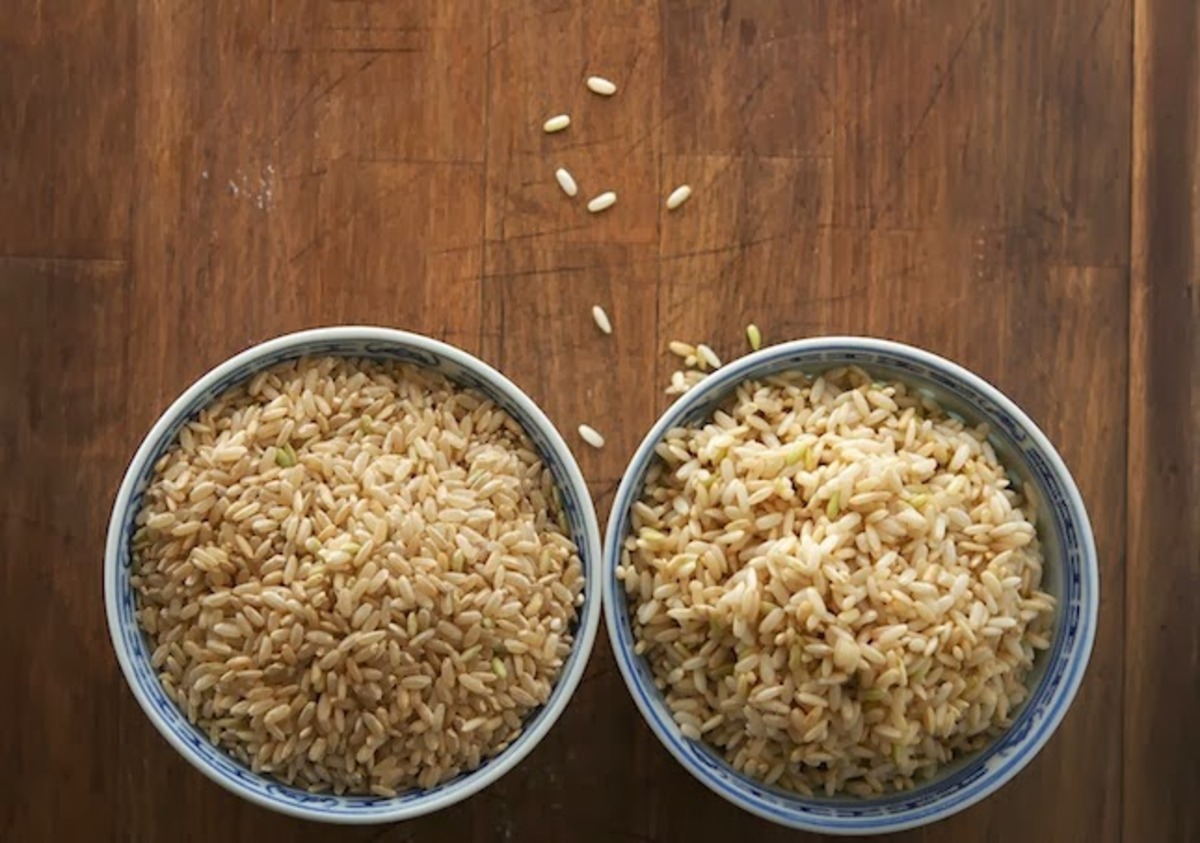
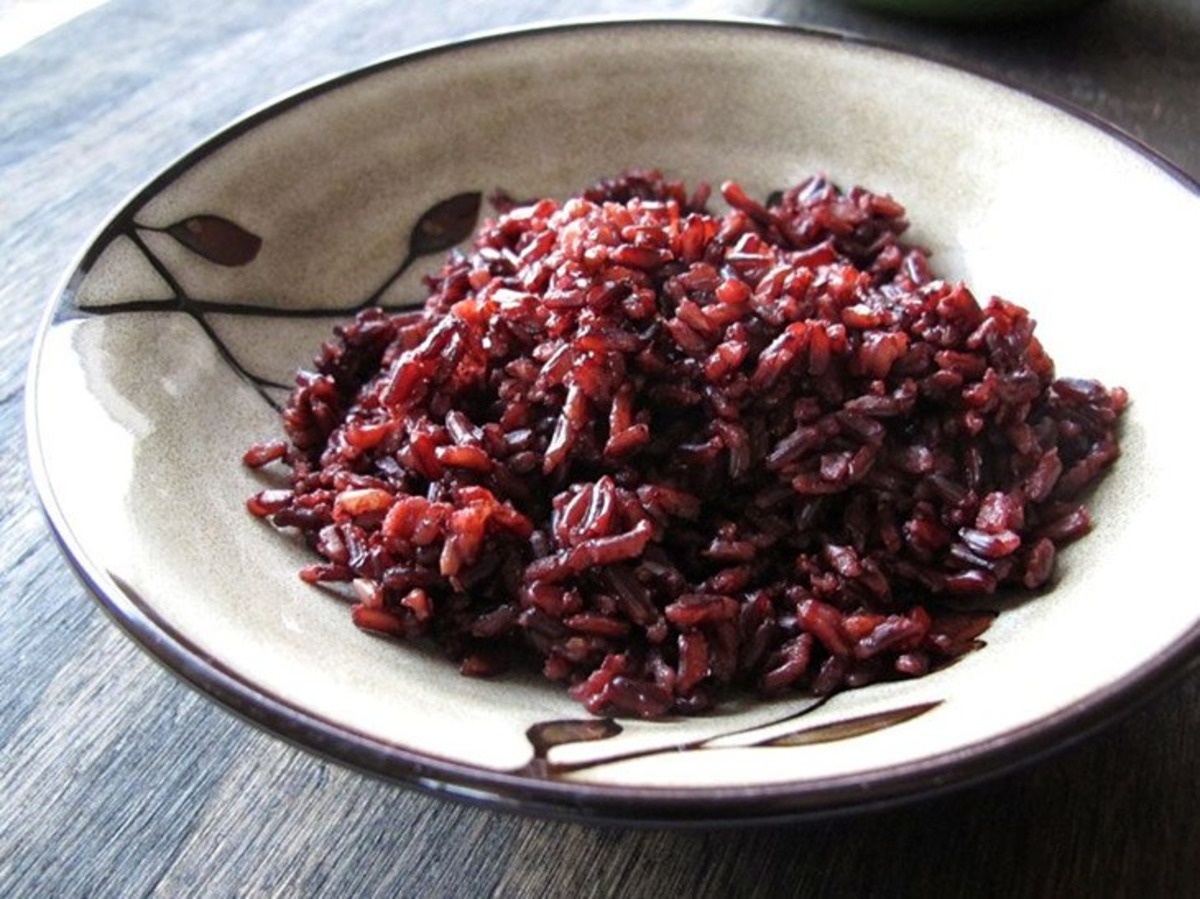
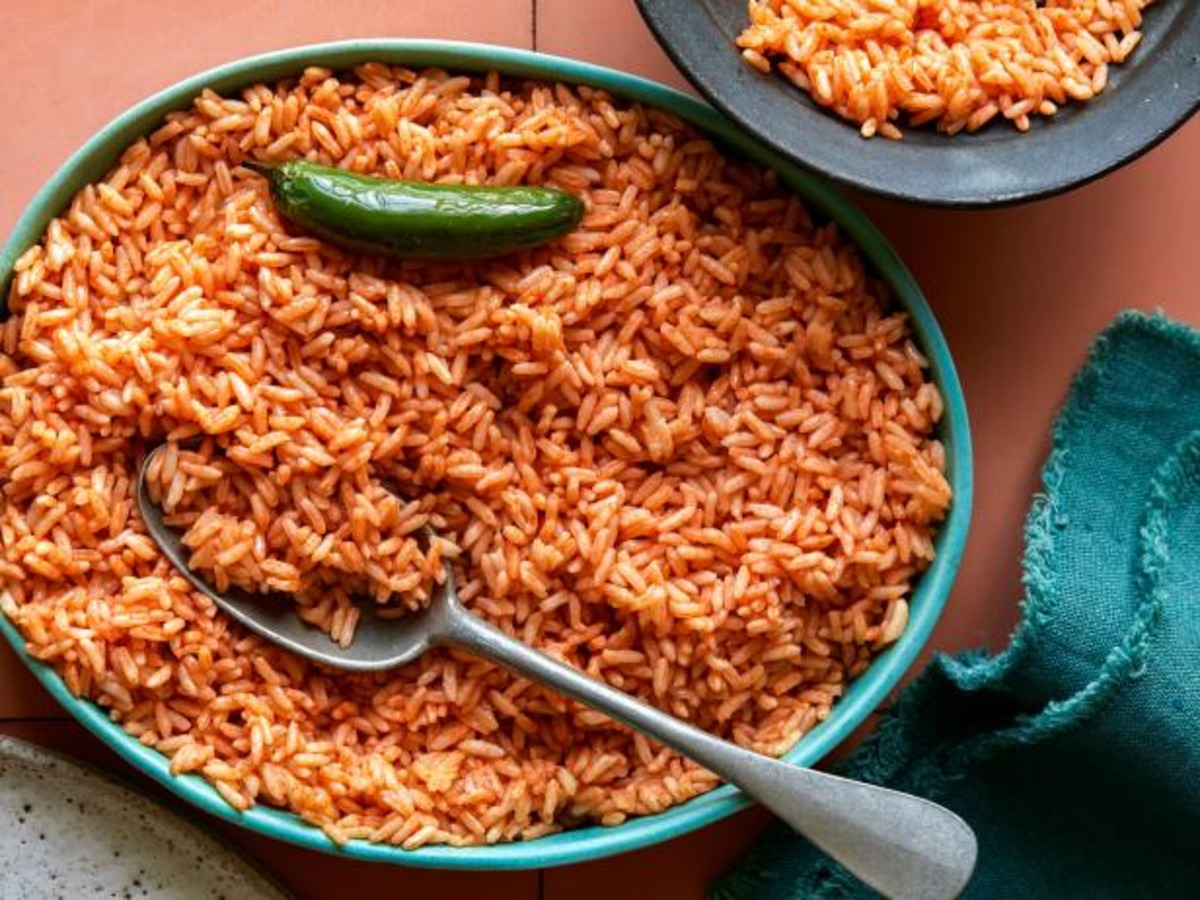
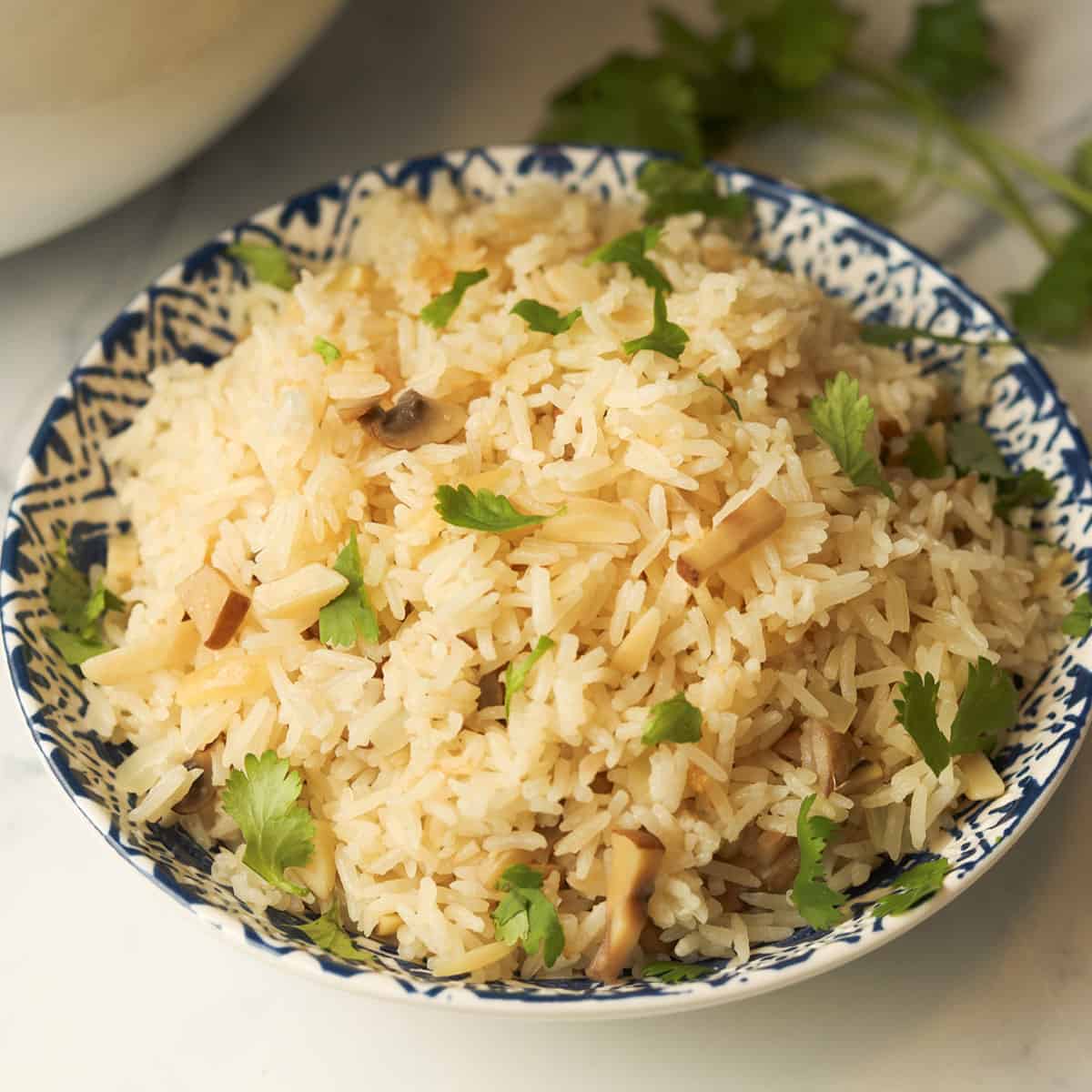
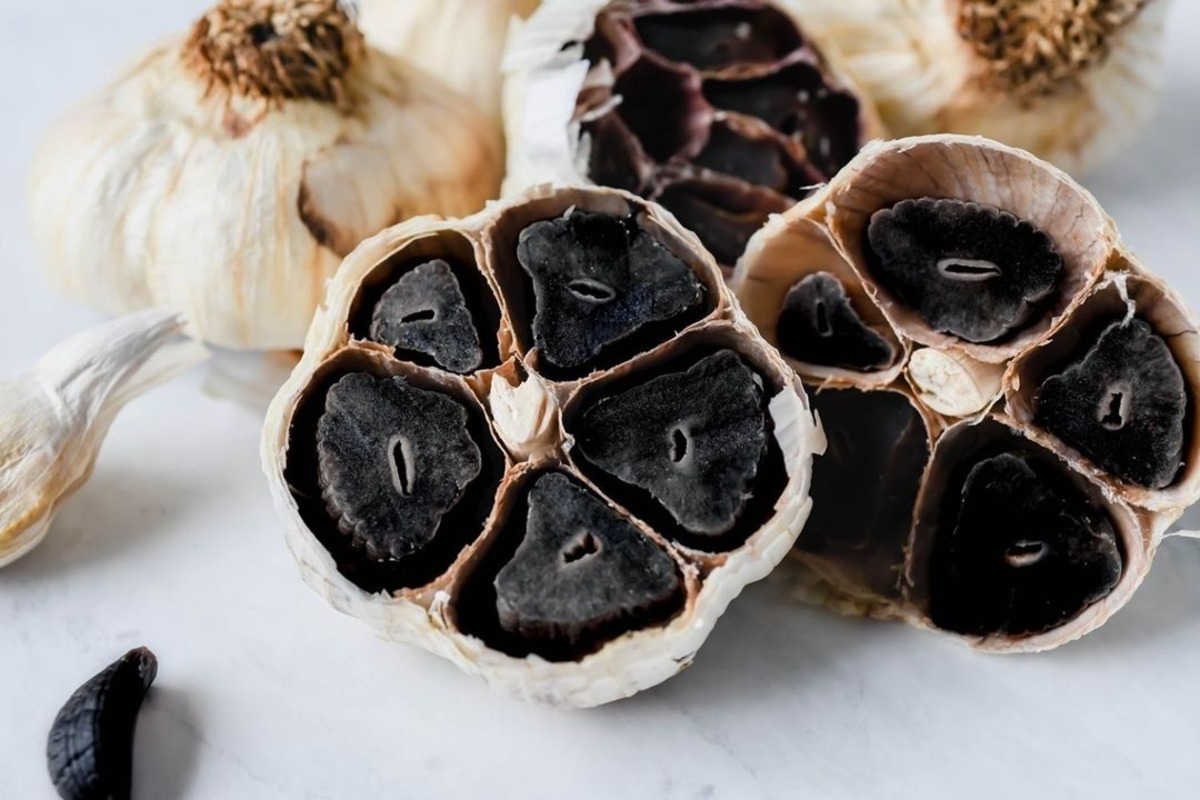
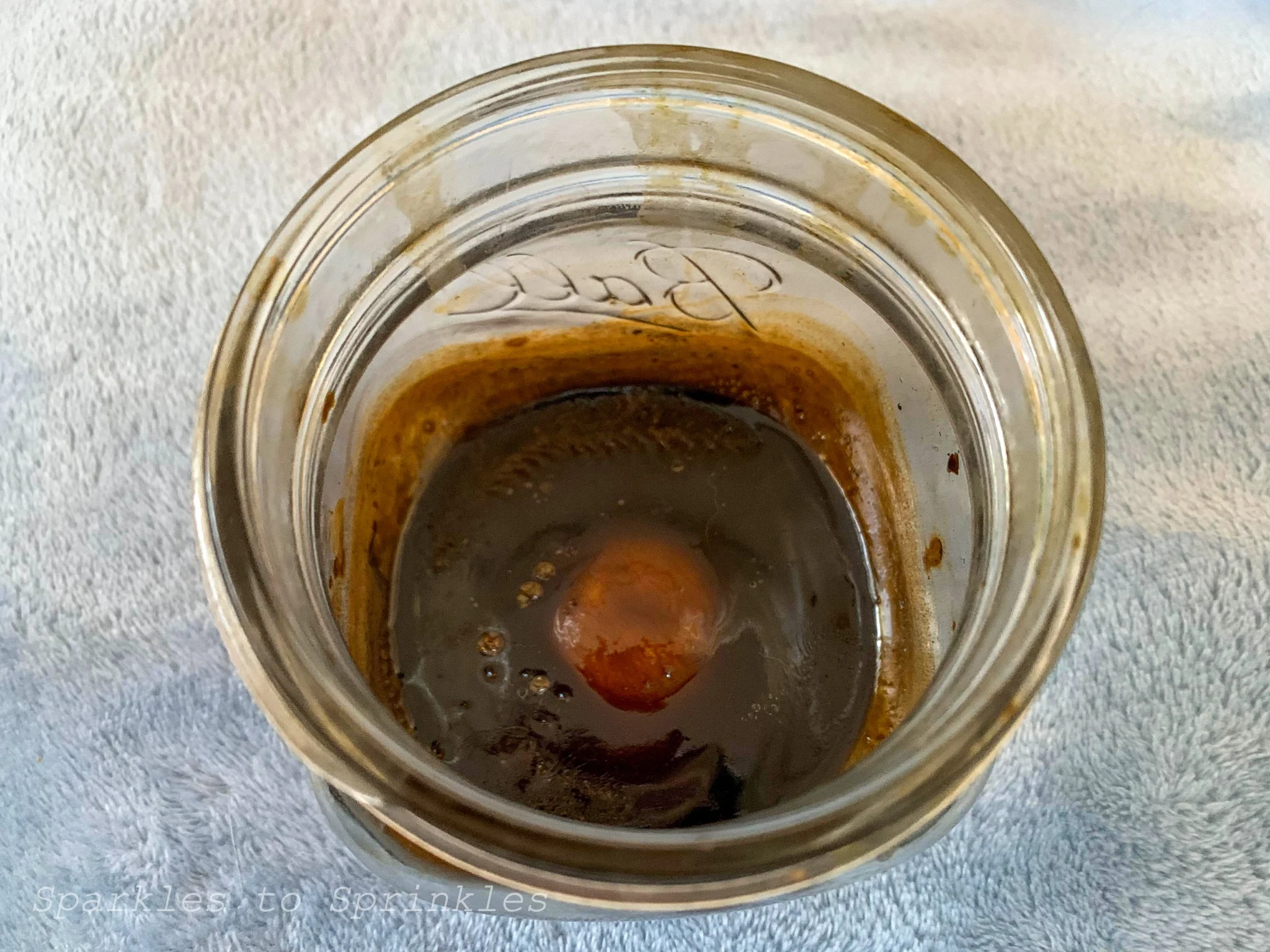

0 thoughts on “How To Make Parboiled Rice In Rice Cooker”